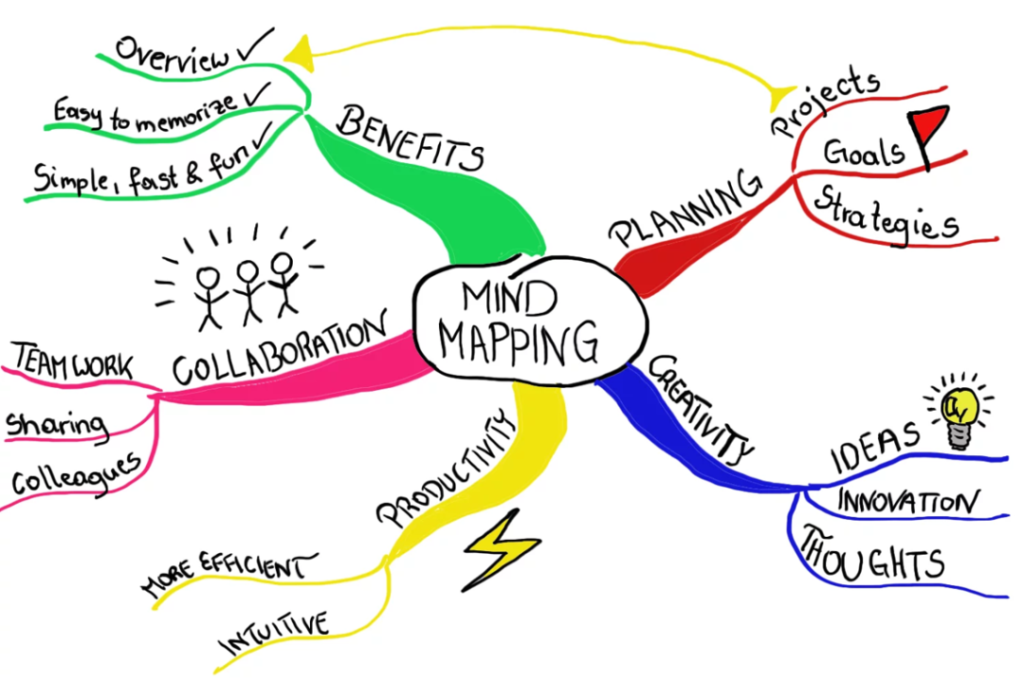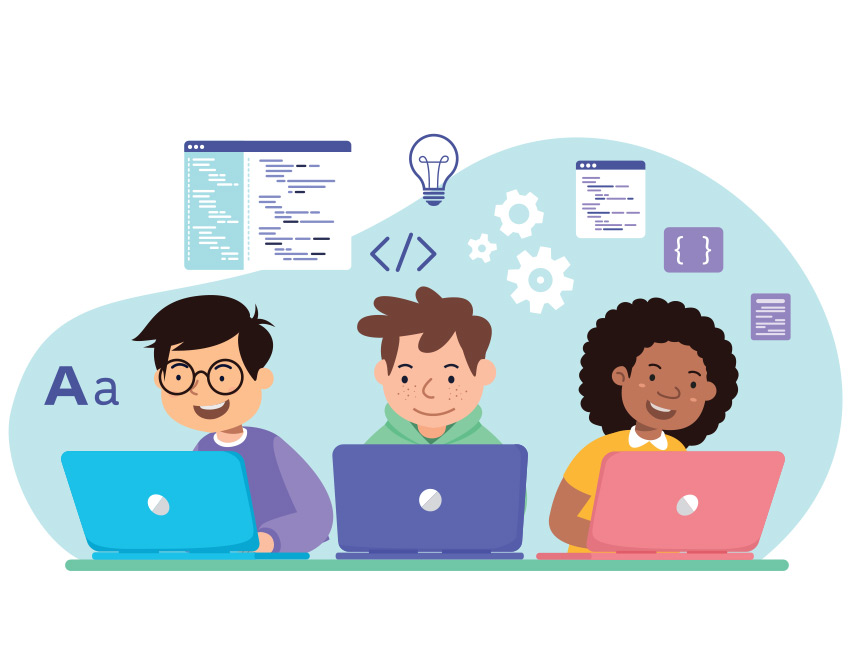Top-Rated 10 Best Boarding Schools in India for Girls
For parents seeking an unparalleled educational journey for their daughters, the quest for the best boarding schools in India for girls is a significant one. India boasts a rich legacy of residential education, offering institutions that not only impart academic rigor but also foster holistic development, character building, and a strong sense of independence. Choosing among the best boarding schools in India for girls means entrusting your daughter into an environment designed to nurture her full potential. This comprehensive article delves into some of the top-rated boarding schools in India for girls, providing detailed insights into what makes them stand out. Why Choose the Best Boarding Schools in India for Girls? The decision to send a daughter to a boarding school is often driven by the desire for a focused learning environment, personal growth, and exposure to a diverse peer group. The best boarding schools in India for girls offer just that – a structured yet nurturing atmosphere where girls can thrive academically, socially, and emotionally. They instill discipline, foster leadership skills, encourage self-reliance, and provide a secure setting away from the distractions of urban life. These are the best boarding schools in India for girls that are committed to empowering young women to become confident, compassionate, and successful individuals. Let’s explore some of the best boarding schools in India for girls that consistently rank high in reputation, academic excellence, and overall student experience. Welham Girls’ School | Mayo College Girls’ School | Ecole Globale International Girl School |Scindia Kanya Vidyalaya, Gwalior | Vidya Devi Jindal School, Hisar | Mussoorie International School, Mussoorie | Hopetown Girls’ School, Dehradun |Heritage Girls School, Udaipur | Birla Balika Vidyapeeth, Pilani | Maharani Gayatri Devi Girls’ School, Jaipur (TIPS) 1. Welham Girls’ School, Dehradun 4.5 ⭐⭐⭐⭐ (619 Reviews) Enquiry School Details Fee Structure INR 9,10,000 to INR 14,35,000. School Type All-girls residential school Affiliated Board CISCE (Council for the Indian School Certificate Examinations) Boarding Full-time boarding for girls from Grades VI to XII. Website Welham Girls’ School, Dehradun Location 8374+XMG, 19, Municipal Rd, Panchpuri Colony, Dalanwala, Dehradun, Uttarakhand 248001 Academics: Welham Girls’ School is renowned for its rigorous academic curriculum, consistently producing outstanding results in board examinations. The school emphasises critical thinking, research, and a strong foundation in all subjects. It offers a wide range of subjects in Science, Commerce, and Humanities streams, allowing students to pursue their interests. The faculty is highly qualified and dedicated, providing personalised attention to students. Welham Girls’ School is consistently recognised as one of the best boarding schools in India for girls. Established in 1957, it has a formidable reputation for academic excellence and holistic development, set amidst the serene Doon Valley. This institution truly defines what it means to be among the best boarding schools in India for girls. Highlights: Legacy and Reputation: One of the most prestigious and established boarding schools in India for girls. Holistic Development: Strong emphasis on character building, leadership skills, and social responsibility. Extracurricular Excellence: A wide array of activities, including debating, dramatics, music, art, and various clubs and societies. International Programmes: Opportunities for student exchange and global exposure. Counseling & Mentoring: Robust support system for students’ academic and personal well-being. Sports Facilities: Extensive sports facilities including a swimming pool, tennis courts, basketball courts, hockey fields, athletics track, and facilities for badminton, table tennis, and yoga. The school encourages participation in a wide range of sports to promote physical fitness and teamwork. Parent Rating: Generally very high, praising the school’s discipline, academic standards, nurturing environment, and the overall development of students. Parents often commend the strong alumni network and the sense of community. 2. Mayo College Girls’ School, Ajmer 4.5 ⭐⭐⭐⭐ (619 Reviews) Enquiry School Details Fee Structure INR 9,94,900 to INR 2,593,379. School Type All-girls residential school Affiliated Board CISCE, CAIE Boarding Full-time boarding with a well-structured house Website Mayo College Girls’ School Location Mayo College Campus, Ajmer, Rajasthan – 305008, India Academics The school offers a diverse and challenging curriculum, preparing students for both national and international examinations. It focuses on conceptual understanding and application-based learning, fostering intellectual curiosity. The faculty is experienced and committed to nurturing academic talent. As the “sister school” to the esteemed Mayo College (for boys), Mayo College Girls’ School holds its own as one of the best boarding schools in India for girls. It seamlessly blends tradition with modern educational approaches, making it a prominent name among the best boarding schools in India for girls. Highlights Rich Heritage: Steeped in history and tradition, providing a unique cultural experience. Dual Board Affiliation: Offers both CISCE and Cambridge curricula, providing flexibility for students. Creativity & Skill Development: Strong focus on arts, crafts, music, and various skill-building activities. Leadership Programs: Encourage leadership through various student bodies and initiatives. Vibrant Student Life: A plethora of events, cultural programs, and inter-house competitions. Sports Facilities Exceptional sports infrastructure, including equestrian facilities, shooting ranges, swimming pool, tennis courts, squash courts, basketball courts, hockey fields, and a gymnasium. Sports are an integral part of the school’s ethos. Parent Rating Highly regarded for its strong academic foundation, emphasis on character development, and diverse opportunities for extracurricular engagement. Parents appreciate the blend of tradition and modernity. 3. Ecole Globale International Girls’ School, Dehradun 4.5 ⭐⭐⭐⭐ (619 Reviews) Enquiry School Details Fee Structure INR 7,12,800 to INR 8,23,726. School Type All-girls residential school Affiliated Board CBSE, IGCSE, and IB Diploma Programme (IBDP). Boarding Offers comfortable and secure boarding facilities Website Ecole Globale International Girl School Location Village Horawalla, Chakrata Road, Near Sahaspur, Dehradun, Uttarakhand 248197 Academics Ecole Globale boasts a comprehensive curriculum across multiple boards, providing students with a global perspective. The school integrates smart classroom technology and innovative teaching methodologies. It focuses on personalized learning and prepares students for competitive examinations and international universities. A relatively newer entrant, Ecole Globale has quickly risen to prominence among the best boarding schools in India for girls due to its modern approach to education and global outlook. Located in the picturesque Doon Valley, it offers a contemporary learning environment and is certainly one
Top-Rated 10 Best Boarding Schools in India for Girls Read More »









